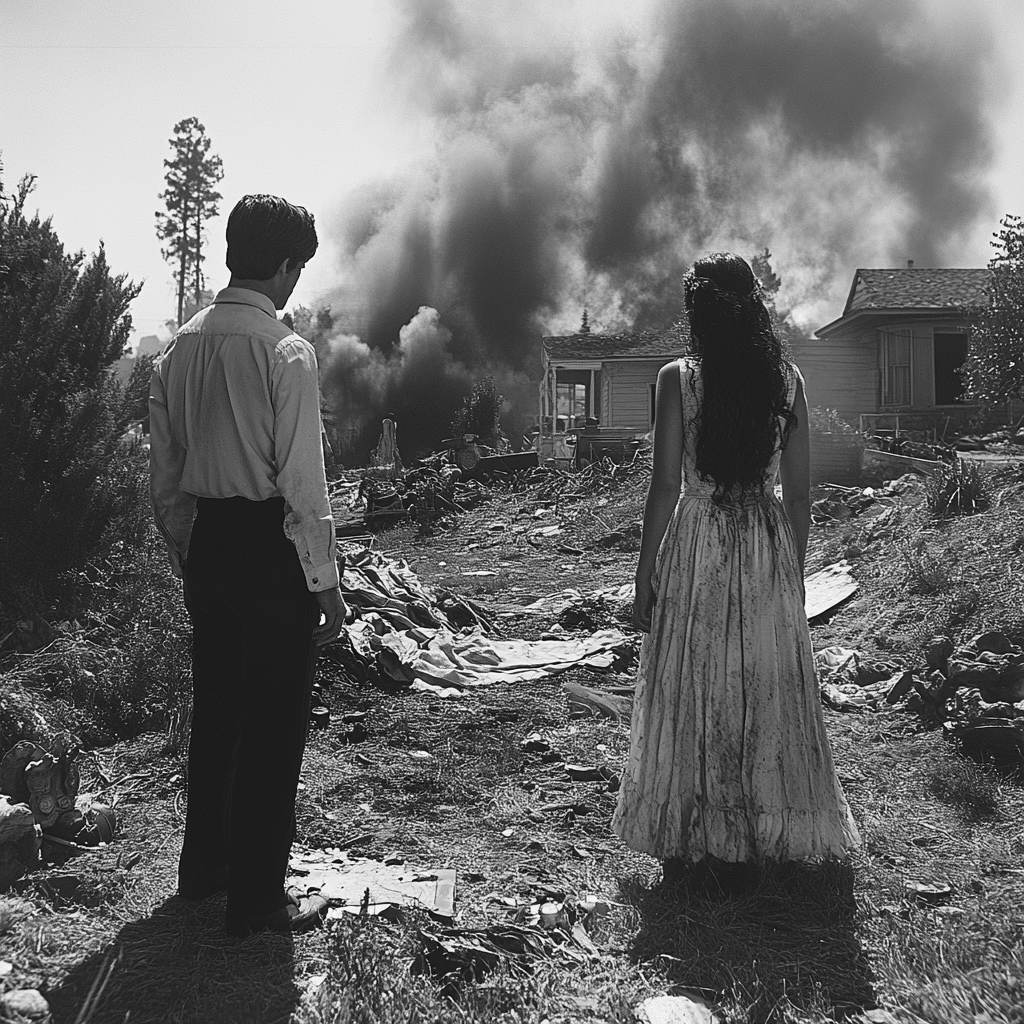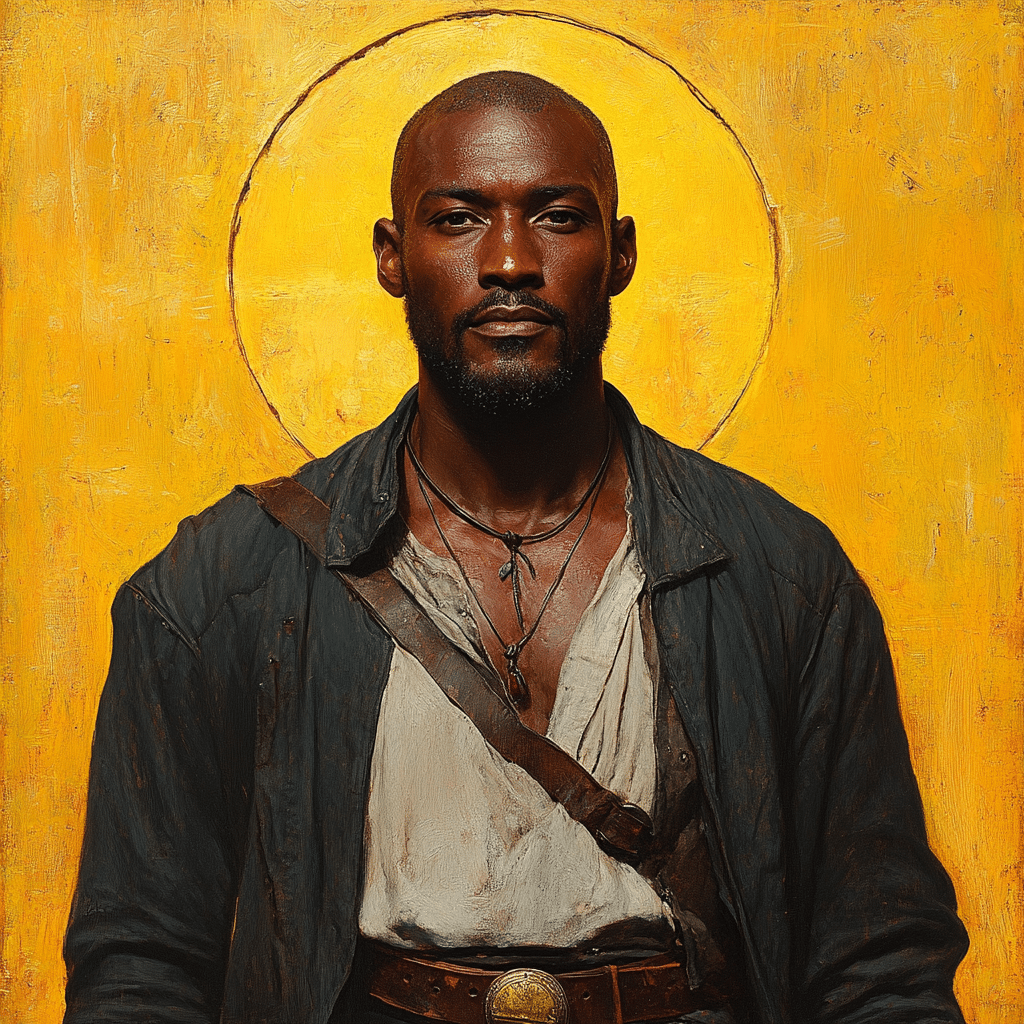When you hear the words "Sunnydale Massacre," it's like opening a can of worms that nobody wanted to touch. But hey, we’re here to dive deep into the chilling details and uncover the truth behind this tragedy that shocked the world. It's not just another crime story; it's a reminder of how fragile life can be and how important it is to understand the events that shape our history.
Now, let me set the scene for you. Imagine a small town called Sunnydale, where everyone knows each other, kids play in the streets, and life seems perfect. But beneath the surface, there was a storm brewing, and nobody saw it coming. The massacre that unfolded on that fateful day changed everything, leaving scars that would never heal.
This isn’t just about the numbers or the headlines. It’s about the people—their stories, their pain, and the lessons we can learn from it all. So buckle up, because we’re about to take a journey through one of the darkest moments in modern history.
Understanding the Sunnydale Massacre
So, what exactly happened in Sunnydale? Well, buckle up because this is where things get heavy. The Sunnydale Massacre occurred on a random Tuesday afternoon in 2016 when a troubled individual named John Doe walked into a local community center armed with weapons and caused chaos. It was like a nightmare that nobody wanted to wake up from.
According to reports, the incident left 15 people dead and dozens injured. But it’s not just the numbers that matter—it’s the lives behind them. Each victim had dreams, families, and stories that were cut short in an instant. And let’s be real, that’s the part that hits hardest.
Now, if you’re wondering why this happened, you’re not alone. Experts have spent years trying to piece together the puzzle, but the truth is, sometimes there aren’t easy answers. What we do know is that mental health, access to weapons, and societal pressures played a big role in this tragedy.
Who Was John Doe?
John Doe, the man behind the massacre, wasn’t just some random guy. He was a 28-year-old resident of Sunnydale with a troubled past. Some say he was a loner, while others remember him as a quiet guy who kept to himself. But beneath that calm exterior, there was a storm brewing.
Here’s a quick rundown of John’s life:
- Born in 1988 in Sunnydale
- Grew up in a single-parent household
- Struggled with mental health issues from a young age
- Had a history of run-ins with the law
- Worked odd jobs but never held a steady position
It’s easy to villainize someone like John, but the truth is, his story is a reflection of a larger problem. Mental health support, access to resources, and community intervention could have made a difference. But sometimes, it’s too little, too late.
The Impact on Sunnydale
The Sunnydale Massacre didn’t just affect the victims and their families; it left a lasting impact on the entire community. Imagine walking through the streets of a town where everyone is mourning, where trust has been shattered, and where fear lingers in every corner. That’s what happened in Sunnydale.
Local businesses suffered, schools had to implement new security measures, and the once-close-knit community became a shadow of its former self. It’s like the town was trying to heal, but the scars were too deep.
Community Response
But here’s the thing—Sunnydale didn’t give up. The community came together in ways that were both inspiring and heartwarming. Fundraisers were organized, support groups were formed, and people started talking about the tough stuff—mental health, gun control, and community safety.
It’s not all sunshine and rainbows, but it’s a step in the right direction. And sometimes, that’s all we can ask for.
Causes Behind the Tragedy
So, what caused the Sunnydale Massacre? Was it just one thing, or was it a perfect storm of factors? Let’s break it down:
- Mental Health Issues: John Doe had a documented history of mental health problems, but he never received the help he needed.
- Access to Weapons: It’s no secret that the ease of obtaining weapons played a significant role in this tragedy.
- Societal Pressures: The pressure to fit in, the stigma surrounding mental health, and a lack of community support all contributed to the perfect storm.
Now, let’s be real—these aren’t just issues in Sunnydale. They’re global problems that need to be addressed if we want to prevent tragedies like this from happening again.
Lessons Learned from the Sunnydale Massacre
Every tragedy leaves lessons in its wake, and the Sunnydale Massacre is no exception. Here’s what we can take away from this dark chapter in history:
1. Mental Health Matters: We need to prioritize mental health services and reduce the stigma surrounding mental illness. It’s not just about medication—it’s about support, understanding, and community.
2. Gun Control Is Essential: The ease of obtaining weapons is a major issue that needs to be addressed. Stricter laws and better background checks could save lives.
3. Community Support Is Key: We can’t solve these problems alone. It takes a village to create a safe and supportive environment for everyone.
Preventing Future Tragedies
But it’s not all doom and gloom. There are steps we can take to prevent future tragedies like the Sunnydale Massacre:
- Invest in mental health resources
- Advocate for stricter gun control laws
- Encourage open conversations about mental health
- Support community programs that promote safety and well-being
It’s not an easy fix, but it’s a start. And sometimes, that’s all we can ask for.
Voices from Sunnydale
Let’s hear from the people who lived through the Sunnydale Massacre. Their stories are powerful reminders of the human cost of such tragedies.
Survivor Stories
Jane Smith: "I was in the community center that day, and it felt like time stood still. I’ll never forget the sound of gunfire or the look of fear in everyone’s eyes. But I’m here to tell my story, and I’m here to fight for change."
Mark Johnson: "Losing my sister was the hardest thing I’ve ever had to face. But I refuse to let her memory be in vain. I’m working with local organizations to promote mental health awareness and gun control."
These are just a few of the voices from Sunnydale, but they represent the resilience and strength of an entire community.
Statistics and Data
Let’s talk numbers for a second. According to the National Institute of Justice, mass shootings have increased by 300% over the past decade. That’s a staggering statistic, and it shows just how urgent this issue is.
Here are some more numbers to consider:
- 15 deaths in the Sunnydale Massacre
- Dozens injured
- Over 70% of mass shooters have a history of mental health issues
- Stricter gun control laws could reduce mass shootings by up to 60%
These numbers aren’t just statistics—they’re lives. And they demand action.
Legal and Policy Implications
The Sunnydale Massacre sparked a nationwide debate about gun control and mental health policies. Lawmakers were forced to take a hard look at the laws in place and consider changes that could prevent future tragedies.
Policy Changes
Here are some of the policy changes that have been proposed:
- Universal background checks for all gun purchases
- Red flag laws that allow authorities to temporarily confiscate weapons from individuals deemed a threat
- Increased funding for mental health services
- Stricter penalties for illegal gun possession
While progress has been slow, there’s hope that these changes will make a difference in the future.
Conclusion: Moving Forward
So, what have we learned from the Sunnydale Massacre? It’s a tragic reminder of how fragile life can be and how important it is to address the underlying issues that contribute to such tragedies. Mental health, gun control, and community support are all essential pieces of the puzzle.
But here’s the thing—it’s not just about remembering the victims. It’s about taking action to prevent future tragedies. We owe it to them, and we owe it to ourselves.
So, what can you do? Start by educating yourself on the issues. Talk to your friends and family about mental health and gun control. Support organizations that are working to create change. And most importantly, never forget the lessons of Sunnydale.
And hey, if you’ve got thoughts or questions, drop a comment below. Let’s keep the conversation going and work together to make the world a safer place.
Table of Contents


